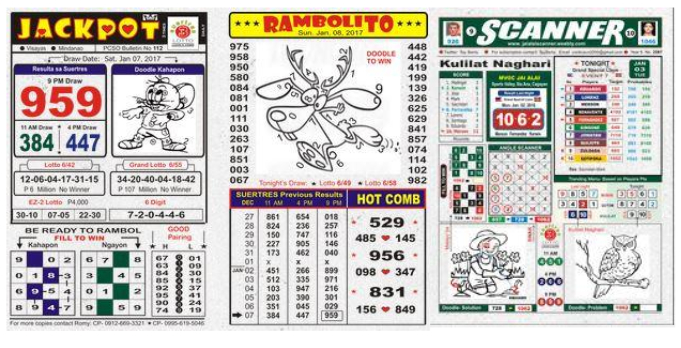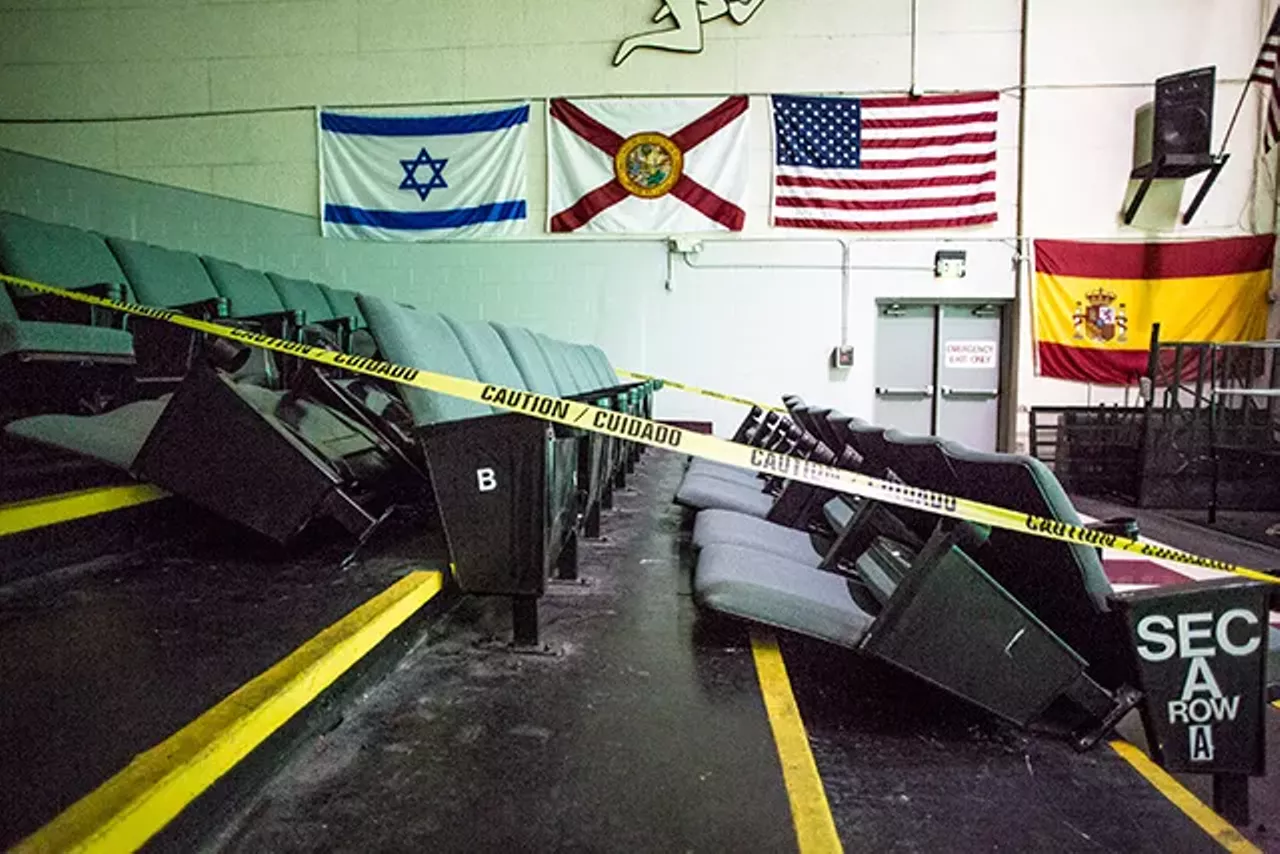Jai Alai Gambling Philippines
Jai alai is a sport where a ball is bounced off a walled space. A hand-held device called cesta is used to accelerate the ball to a high speed. The speed record for a jai alai ball is 302 km/h. This speed was recorded set by José Ramón Areitio at the Newport Jai Alai in Rhode Island, USA.
Jai Alai is the easternmost casino on Macau island, near Macau's main ferry terminal, run by SJM Holdings. The casino is slated to reopen at the end of 2016 with 130 hotel rooms and a planned 45 gaming tables. After a 1973 proposal for a $7 million jai alai center in Hartford’s North Meadows, great excitement gripped the city’s residents. The year before, the legislature discussed the opportunity to procure extra income for the state by expanding gambling ventures such as the lottery, horse racing, off-track betting, and dog racing—all to be run by the Division of Special Revenue. Search this site: Links.
Jai alai has its roots in a Basque ball game, which in turn is based on ball games played by the Greek and other ancient cultures in Southern Europe and around the Mediterranean. Today, Jai alai is chiefly played in former Spanish colonies in the Americas and South-Eastern Asia. Prior to the communist revolution in China, Jai alai was a popular gambling sport in both Shanghai and Tiajin, but when the communists came to power they banned the game. Another East Asian country where Jai alai has been banned is The Philippines, where the sports was outlawed in 1986 because of problems with game fixing. The law was changed in 2010 to allow Jai alai in the country again.
In the United States, Jai alai is chiefly played in Florida, a state with a large Hispanic population. There is currently six jai alai frontons in Florida; they are located in Miami, Orlando, Dania Beach, Reddick, Jasper, and Forth Pierce. The very first jai alai fronton in the United States wasn’t opened in Florida though; the first U.S. fronton was the one that opened in St. Louis, Missouri around the time of the 1904 World’s Fair in St. Louis.
Spain has 10 frontons for professional play. Five of them are in Basque Country, two are located in Barcelona, and the remaining three in Madrid, Zaragoza and Palma de Mallorca, respectively.
In Mexico, there are two frontons in Mexico City, plus one in Acapulco and one in Tijuana.
Trivia
- In the U.S., a professional jai alai player will wear a jersey with one number on the front and another number on the back. The number on the back is the player’s permanent number. The number at the front is the players current playing position, so this number changes with every game. It’s a bit like the number worn by a racehorse; the horse is given a new number prior to each new race.
- In Basque, the game is often called zesta-punta, which means basket tip.
- In Spanish, the game is known as pelota vasca.
- The name jai alai was coined by Serafín Baroja (1840 – 1912) who first used it for the game of Basque pelota in 1875. Baroja was a Basque writer and mining engineer who wrote Basque poetry and lyrics. In Basque, jai alai means merry festival. When the game was introduced on Cuba at the turn of the century (1800/1900), the name jai alai was the one that caught on.
- During World War II, Ernest Hemingway suggested that jai alai players should be used to lob grenades down the hatches of German submarines.
- A traditional cesta, the 2.5 feet oblong curved wicker scoop strapped on the player’s right arm, is made from steamed chestnut wood and woven reeds. A leather glove is sewn to the outside to hold the player’s hand in place.
- A traditional jai alai ball is made from goatskin. The ball is called pelota, which simply means ball in Spanish. When rubber was introduced to Europe from South America, this new material was included in the pelota, permitting an even faster game than before. The faster balls hurt the players’ hands and they started wearing a leather glove (guante) on the right hand. It is from this guante that the cesta evolved.
- A contemporary pelota is still made from hardened goatskin, but with virgin rubber as well, and a few final turns of linen or nylon thread. The pelotas are made by hand and quite expensive. (Expect to pay $100 per ball in the U.S.) The goat skin cover must normally be replaced after just 15 minutes of play, since it wear out quickly due to the extreme forces it is subjected to.
- A jai alai pelota is both harder and heavier than a golf ball. It is roughly ¾ the size of a baseball. Since the cancha walls needs to be really durable, they are often made from granite, especially the front wall. For budget reasons, having a concrete back wall and side wall is quite common.
- The high speed makes the ball capable of causing serious injury. The audience is usually seated behind a chain-link fence to protect them. The players on the other hand have no such comprehensive protection, and injuries are not uncommon. In the United States, professional players will wear a helmet to protect the head. It wasn’t always so though; in 1968 a professional player ended up in a coma for 6 months after the pelota hit his unprotected head.
- Professional jai alai players (pelotaris) are traditionally known by a short nickname rather than their real name, e.g. Jabi, Borja, Padin, Pedro, Kompa, Larru, Hoey, Gino, Erik, Azpiri, Rocha, Ander, Rekalde, Aperri, Olabe, Kompa, Larru, Don, Elgueta, or Mouhica – all examples of successful pelotaris active in the USA.
- A jai alai player will usually wear a t-shirt, white pants, sneakers, a helmet and a red sash. The red sash is worn around the waist, and is called faja.
- The practice of using a woven basket-glove on the right hand was popularized by Gantchiqui Dithurbide from Saint-Pée, France in the 1860s. The long version known today was brought to mainstream attention by Melchior Curuchage from Buenos Aires, Argentina in the late 1880s.

